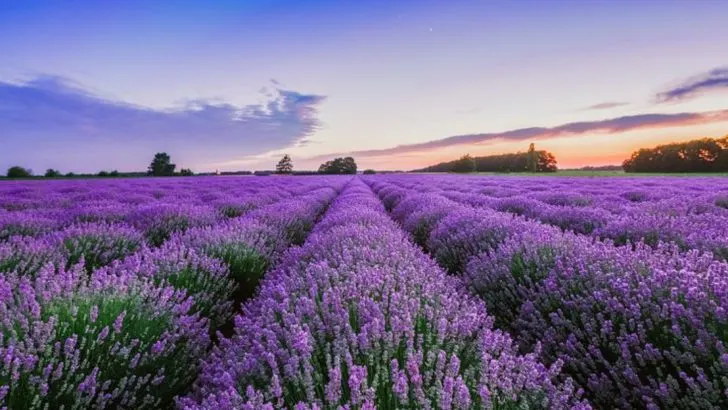Stop struggling with dirt—your soil is delightfully flawed! Your clay-heavy nightmare? Their dream stage. Your gravelly wasteland? Their playground. Most garden guides guilt you into perfecting your beds—fine-tuning pH, amending every inch, babying weak roots. What if you could throw that rulebook out the window? Meet 22 fearless flora that snub picky tastes and flourish in gritty, rocky, or downright hostile dirt. No compost mountain required, no endless bag-hauling. Picture bold blooms punching through stony ground, aromatic herbs spreading like wildfire, and sculptural grasses that barely blink at drought. These hardy outliers turn your toughest spots into showstopping accents. They crowd out weeds, charm pollinators, and demand almost zero pampering. Finally, a battle-free garden that looks like a scenic postcard. Ready to stop fighting dirt and start working with it? Dive into our full list of 22 soil-loving plants and revolutionize your garden’s fate. Scroll down and find your perfect match—no soil therapy needed.
Lavender
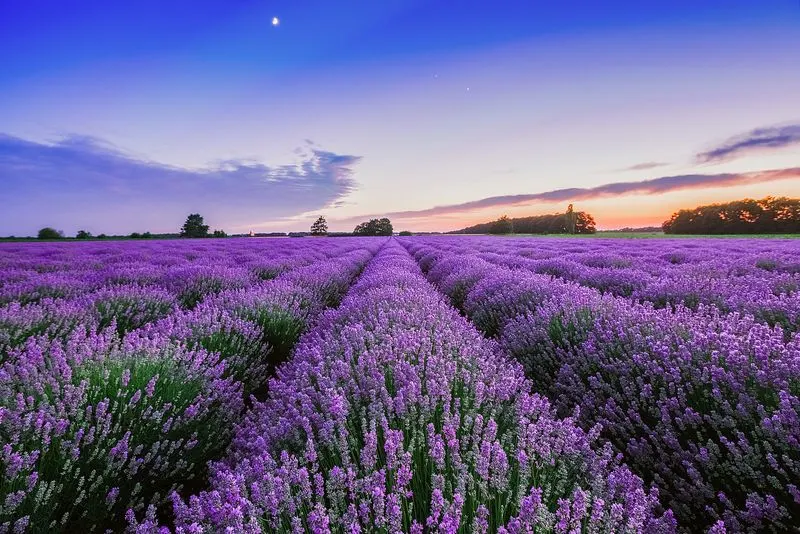
Lavender, with its soothing fragrance, thrives where other plants fail. This hardy perennial loves sandy, well-drained soil and plenty of sun. Picture rows of lavender basking in the sun, their purple blooms swaying gently in the breeze. Besides its beauty, lavender is incredibly versatile. You can use its flowers in culinary dishes or craft aromatic sachets. Plus, it’s a magnet for bees, adding a buzz of life to your garden. Did you know? Lavender has been cherished for centuries, believed to bring peace and relaxation to homes.
Coneflower
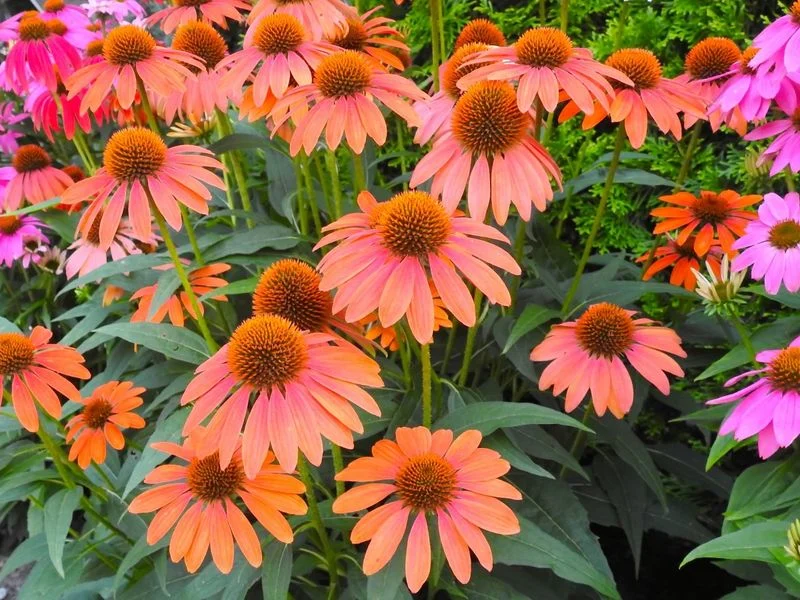
Coneflowers are a gardener’s delight, especially in challenging soil. Their daisy-like blooms add a splash of color from midsummer to fall. Adaptable to poor soil, these perennials require minimal care. Imagine butterflies and bees dancing around these striking flowers. The coneflower isn’t just pretty; it’s a herbal powerhouse. Its roots are often used to boost immunity in herbal medicine. For an eye-catching garden, plant coneflowers in clusters. Their resilience means they’ll return each year, rewarding you with bursts of color and a thriving pollinator habitat.
Russian Sage
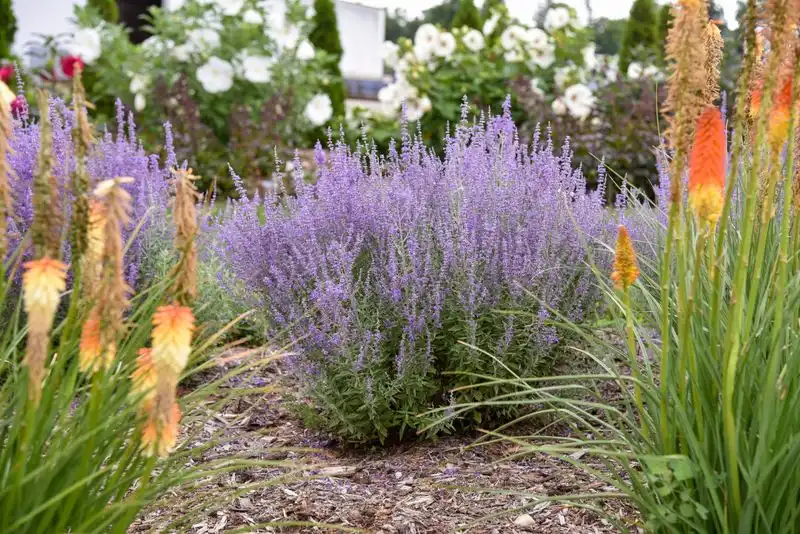
Russian Sage is a garden warrior, thriving where other plants might surrender. With its silvery foliage and lavender-blue flowers, it adds elegance to any garden. This drought-tolerant plant loves full sun and poor soil. Picture its airy stems creating movement and texture in your landscape. Russian Sage isn’t just for show; it’s deer resistant and attracts beneficial insects. Plant it along borders or as a backdrop for shorter plants, and enjoy its aromatic foliage that releases a pleasant scent when brushed against.
Sedum
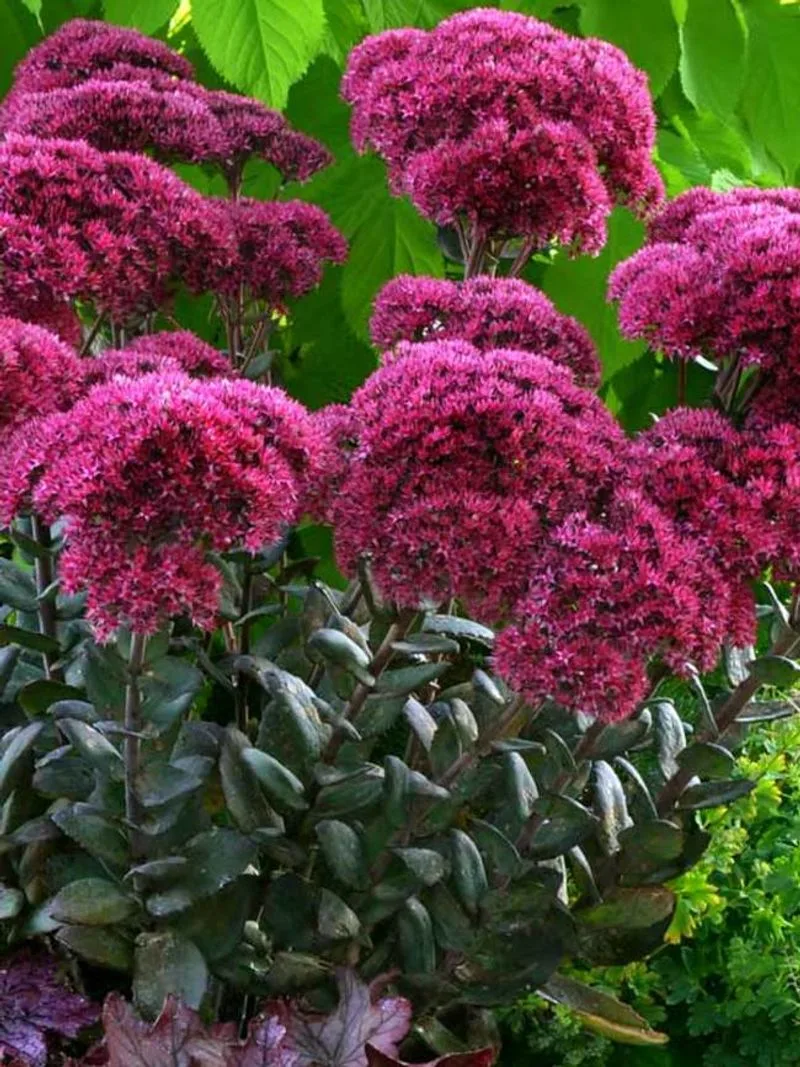
Sedum, or stonecrop, is a succulent that flourishes in tough conditions. Whether it’s sandy or rocky soil, sedum doesn’t mind. Its thick leaves store water, making it drought-resistant. Imagine a carpet of sedum spreading across your garden, its clusters of star-shaped flowers adding vibrant hues. Sedum is low-maintenance and perfect for rock gardens or borders. It attracts pollinators and offers a splash of color throughout the seasons. With varieties ranging from ground covers to taller species, sedum can fit anywhere in your garden design.
Daylily
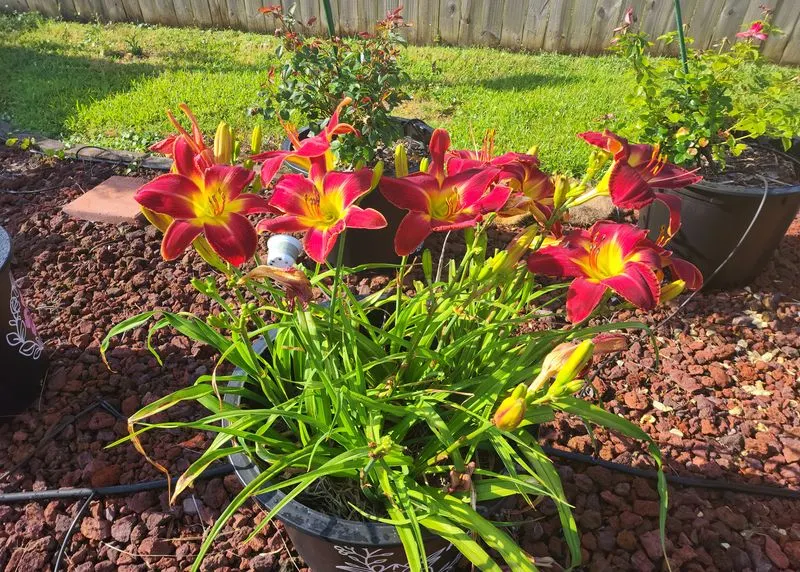
Daylilies are the epitome of resilience, thriving in poor soil and requiring minimal care. Their trumpet-shaped flowers come in an array of colors, each bloom lasting just a day. Visualize a sea of daylilies, their vibrant colors creating a tapestry of beauty. These perennials are perfect for borders or filling large areas, effortlessly adding bursts of color. Daylilies are not only beautiful but also tough, resisting pests and diseases. With their long blooming season, they’re a gardener’s favorite for continuous color in challenging conditions.
Butterfly Weed
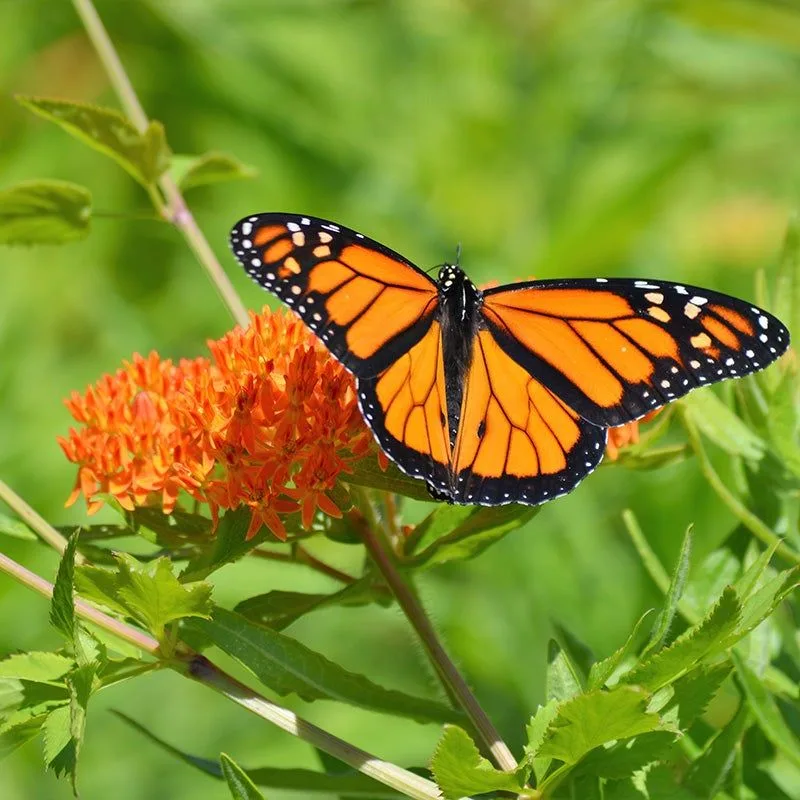
Butterfly Weed is a magnet for pollinators, thriving in less-than-perfect soil. Its bright orange flowers are a sight to behold, attracting butterflies, especially monarchs. Picture a garden alive with movement and color, as butterflies flit from bloom to bloom. This perennial is not only stunning but also hardy and drought-tolerant. Butterfly weed requires little care once established, making it ideal for a naturalistic garden setting. It plays a crucial role in supporting butterfly populations, offering nectar and a breeding ground for caterpillars.
Bee Balm
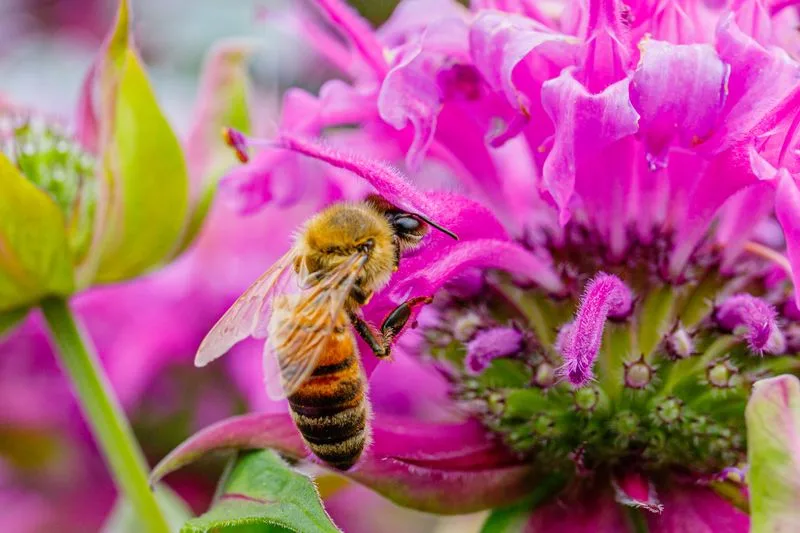
Bee Balm is a garden star, thriving in poor soil and attracting a flurry of pollinators. Its vibrant blooms come in shades of red, pink, and purple, creating a lively display. Imagine bees and hummingbirds visiting your garden, drawn by the nectar-rich flowers. Bee Balm isn’t just for wildlife; it also has medicinal uses, commonly used in teas. This perennial is perfect for adding height and color to borders. Its aromatic leaves release a minty scent when crushed, adding another sensory layer to your garden experience.
Black-eyed Susan
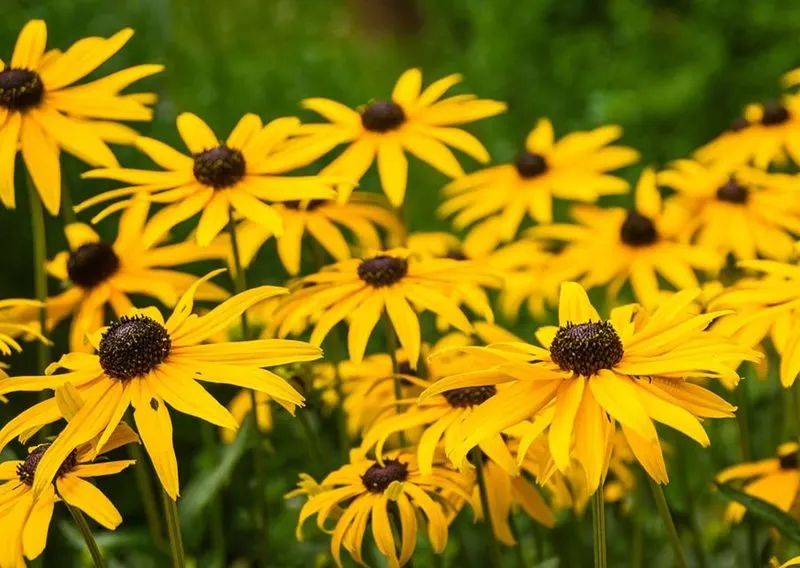
Black-eyed Susans are cheerful additions to any garden, thriving in poor soil with ease. Their sunny yellow petals and dark centers create a striking contrast that brightens any space. Imagine a field of these flowers swaying gently in the breeze, attracting butterflies and bees. Black-eyed Susans are hardy perennials, requiring little care once established. They’re perfect for naturalistic gardens and wildflower meadows. Besides their beauty, these flowers have a long blooming period, ensuring your garden stays vibrant through summer and into fall.
Lamb’s Ear
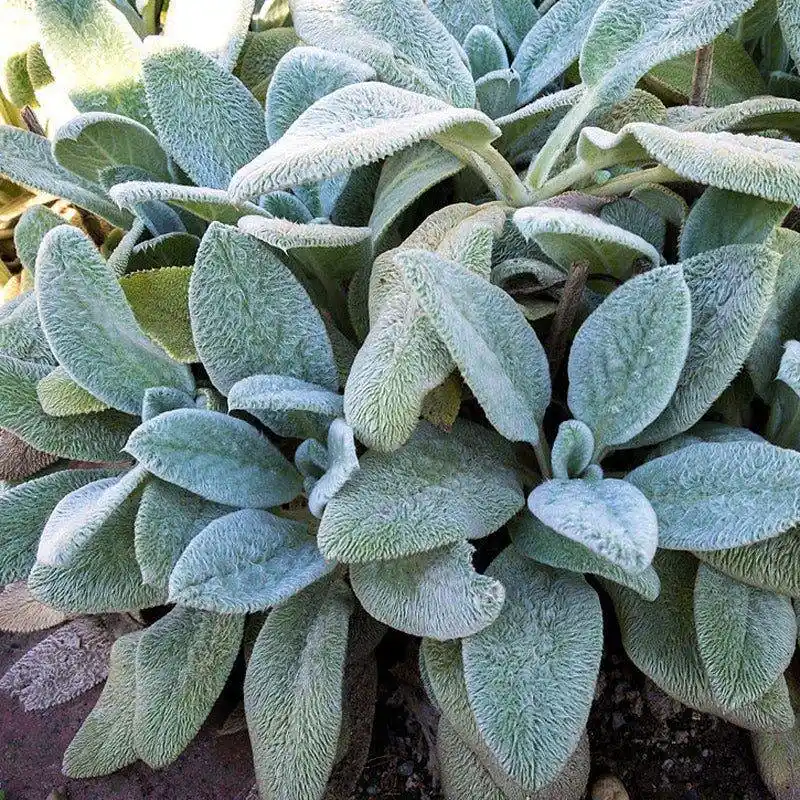
Lamb’s Ear is a tactile delight, with its soft, velvety leaves that invite touch. This plant thrives in poor soil and full sun, making it a low-maintenance choice for gardeners. Picture its silvery foliage creating a soothing, monochrome effect in your garden. Lamb’s Ear is not just ornamental; it’s often used in children’s gardens for its sensory appeal. Its leaves are drought-tolerant, and the plant spreads easily, making it ideal for ground cover. Enjoy its subtle, pale purple flowers as an added bonus during late spring.
Catmint
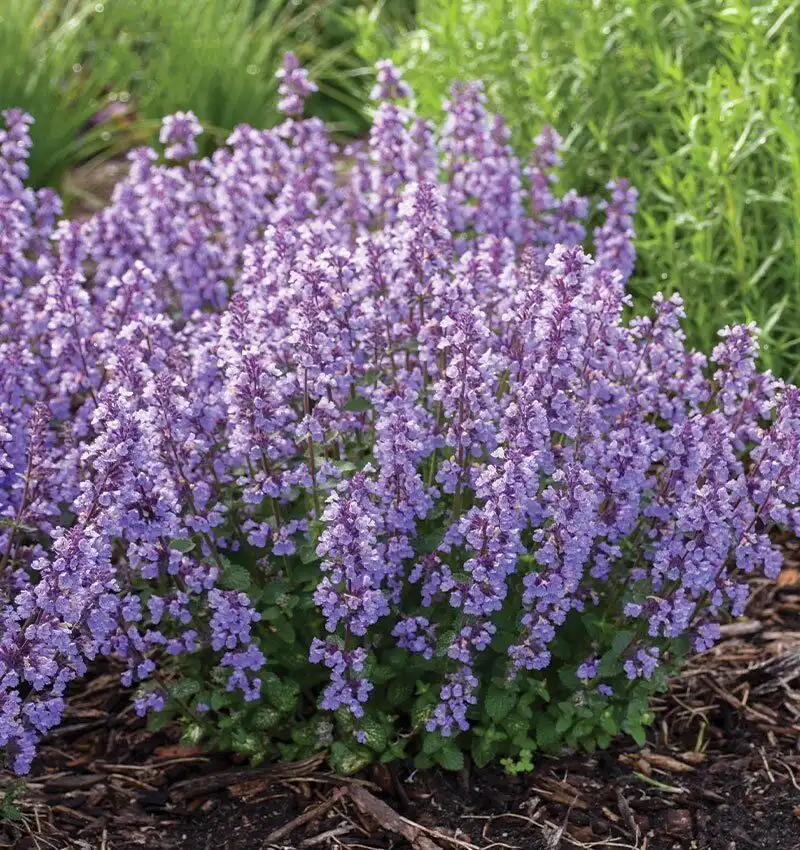
Catmint is a garden favorite, known for its aromatic foliage and ability to thrive in poor soil. With its blue-purple flowers, catmint adds a splash of color from spring to fall. Picture a garden buzzing with bees and butterflies, drawn to this fragrant plant. Catmint is low-maintenance, making it perfect for borders or rock gardens. It’s also a hit with feline friends, often attracting cats who enjoy its scent. This hardy perennial is drought-resistant and deer-proof, ensuring a vibrant garden with minimal effort.
Blanket Flower
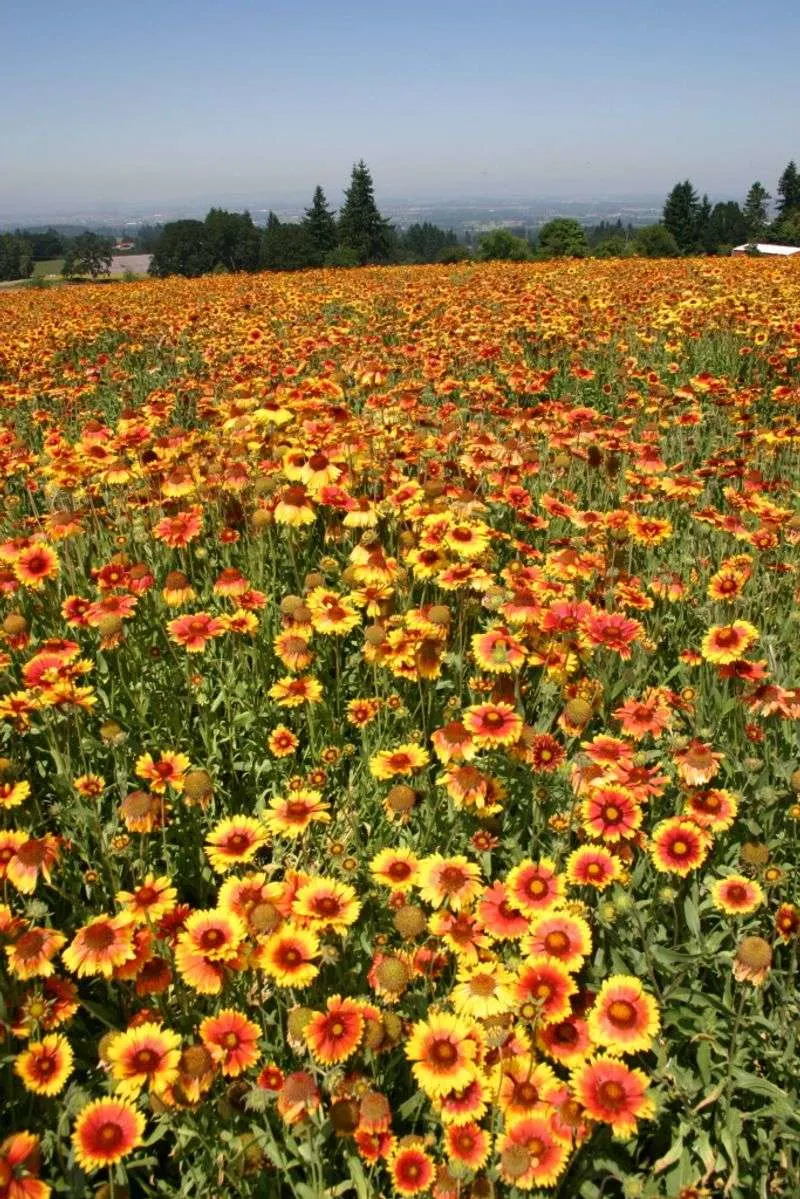
Blanket flowers are sun-loving perennials that thrive in poor soil. Their fiery red and yellow blooms resemble a woven tapestry, adding warmth to gardens. Imagine a bed of blanket flowers, their petals glowing in the sunlight. These cheerful blooms attract butterflies and bees, creating a lively garden. Blanket flowers are drought-tolerant, making them ideal for dry, sunny spots. They have a long blooming period, ensuring continuous color in your garden. Easy to care for and resilient, blanket flowers are a vibrant addition to any landscape.
Thyme
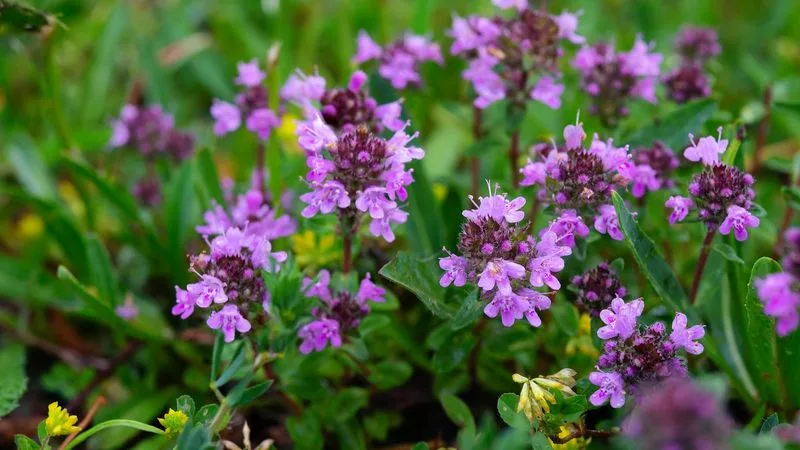
Thyme is more than a kitchen herb; it’s a resilient plant that thrives in poor soil. With its small, fragrant leaves and tiny purple flowers, thyme adds beauty and utility to gardens. Picture a path lined with thyme, releasing its aroma with every step. It’s drought-tolerant and perfect for rock gardens or borders. Thyme attracts beneficial insects, helping to create a balanced ecosystem. Whether you use it in cooking or simply enjoy its scent, thyme is a versatile plant that brings both flavor and fragrance to your garden.
Coreopsis
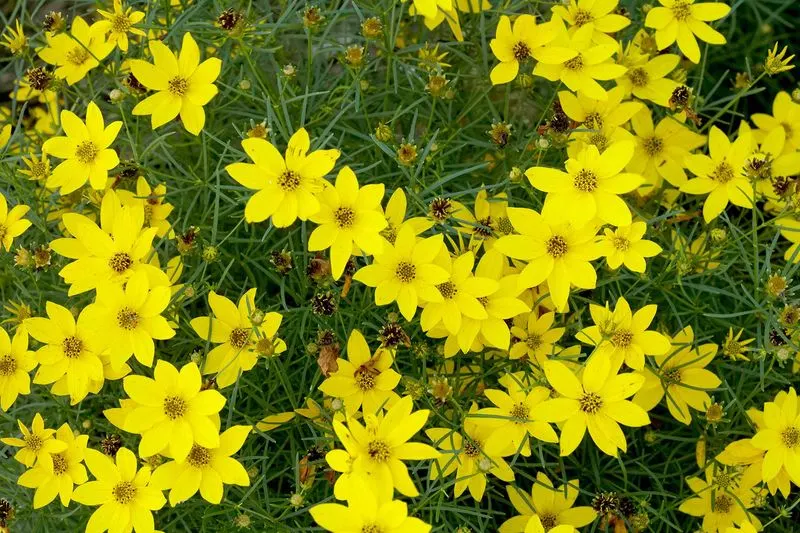
Coreopsis, or tickseed, is a sunshine lover that thrives in poor soil. Its daisy-like flowers bloom in vibrant yellow, adding a splash of cheer to gardens. Imagine a sea of coreopsis, their flowers creating a sunny ambiance even on cloudy days. This perennial is low-maintenance and drought-resistant, ideal for borders or wildflower gardens. Besides its beauty, coreopsis attracts butterflies, enhancing your garden’s ecosystem. With a long blooming period and minimal care requirements, coreopsis is a gardener’s dream for effortless color.
Gaillardia
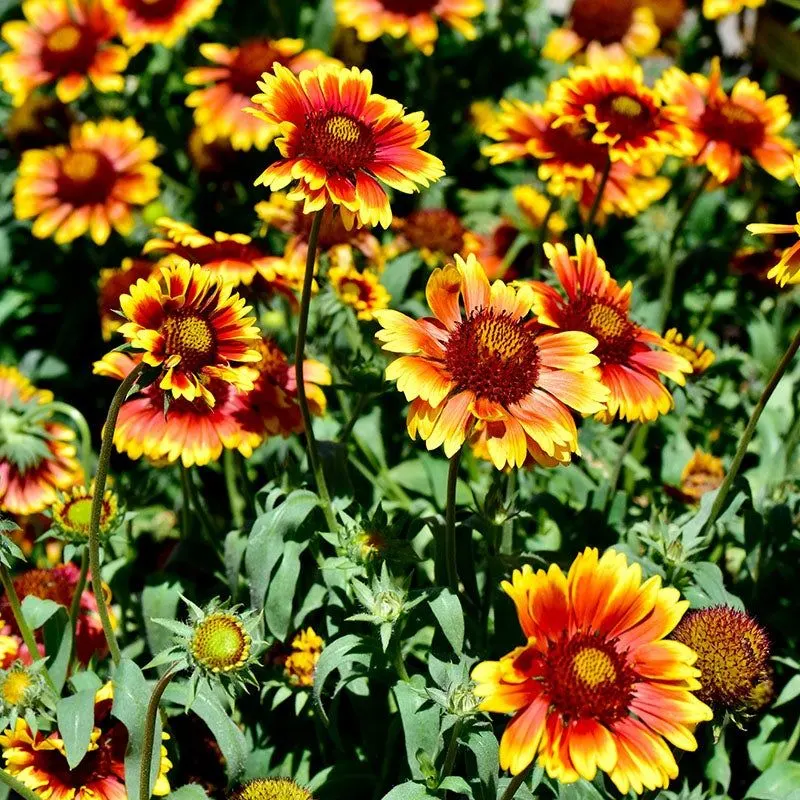
Gaillardia, known as blanket flower, brings a fiery touch to gardens. These perennials thrive in poor soil, adding vibrant reds and oranges to landscapes. Picture gaillardia’s blooms glowing in the sunlight, attracting bees and butterflies. This plant is not only beautiful but also hardy, requiring minimal care once established. Perfect for sunny borders or dry areas, gaillardia is drought-tolerant and long-blooming. Its cheerful flowers bring warmth and life to gardens, making it a favorite among gardeners seeking color without fuss.
Salvia
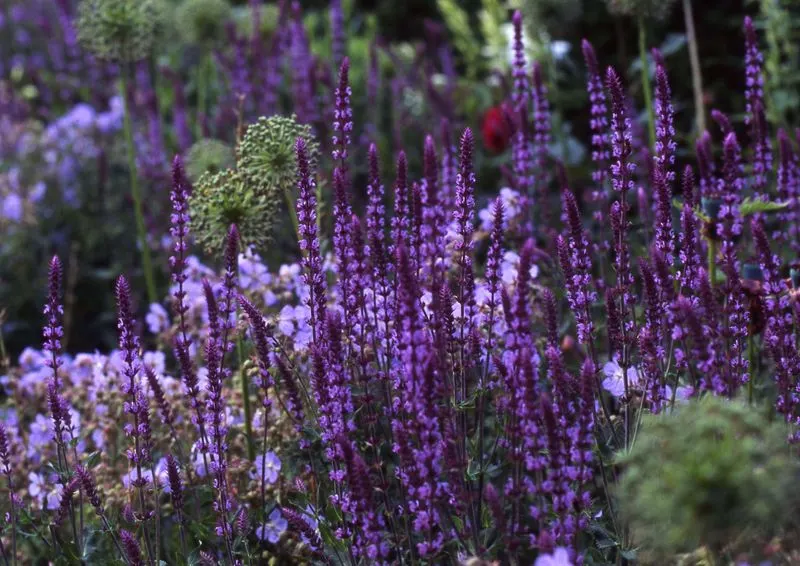
Salvia is a versatile plant that thrives in poor soil, offering both beauty and utility. Its tall spikes of purple flowers create a striking display in gardens. Picture a garden alive with bees and butterflies, drawn to salvia’s nectar-rich blooms. This perennial is drought-resistant and easy to care for, perfect for borders or mass plantings. Besides its ornamental value, salvia is used in traditional medicine and culinary applications. Its aromatic leaves add a sensory element to gardens, making salvia a multifaceted addition to landscapes.
Zinnia
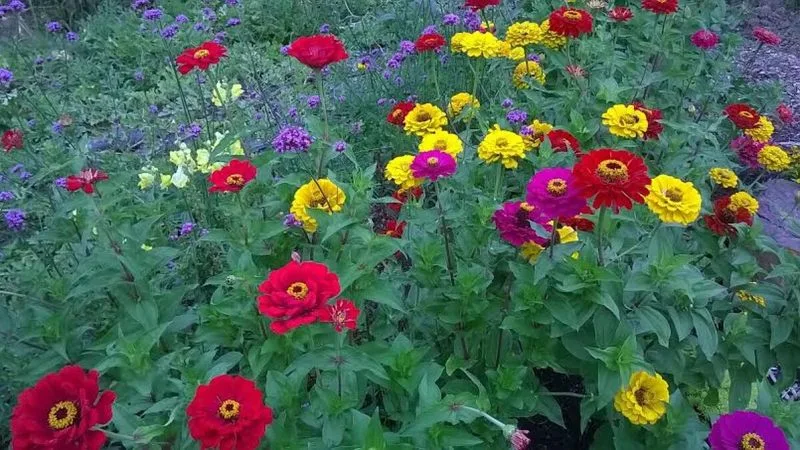
Zinnias are vibrant annuals that thrive in poor soil, offering a rainbow of colors to gardens. Picture a garden bursting with zinnias in red, pink, yellow, and purple, attracting butterflies with their vivid blooms. These flowers are easy to grow from seed and require minimal care, making them perfect for novice gardeners. Zinnias bloom from midsummer to frost, providing continuous color. They make excellent cut flowers, adding cheer to indoor spaces. With their resilience and beauty, zinnias are a go-to choice for brightening up any garden.
Tickseed
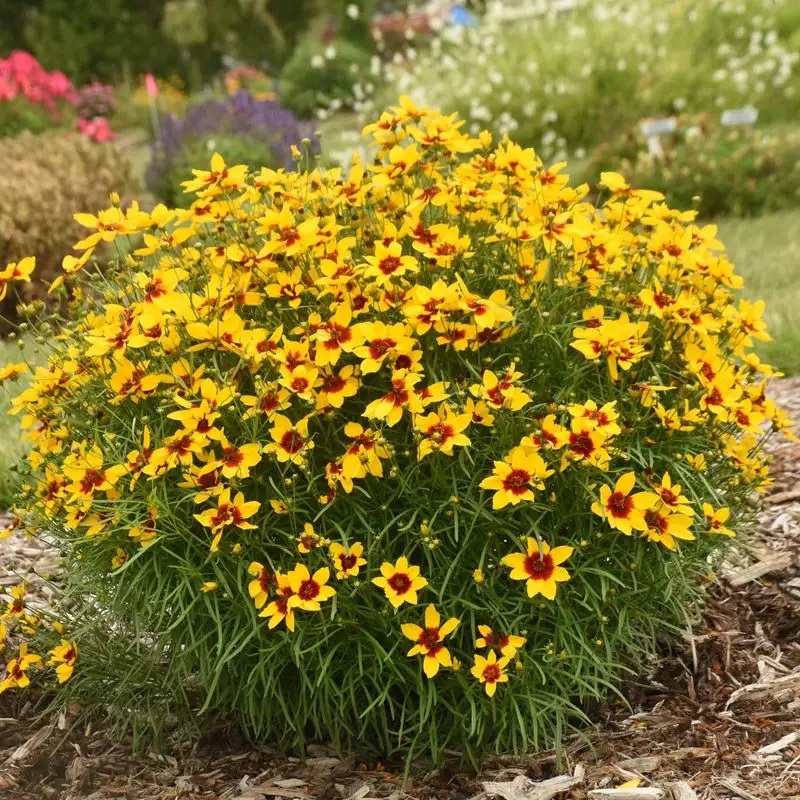
Tickseed, or coreopsis, is a cheerful addition to any garden, thriving in poor soil conditions. Its bright yellow flowers dance in the wind, creating a lively atmosphere. Imagine a field of tickseed, their blooms like drops of sunshine scattered across the landscape. This perennial is low-maintenance and drought-tolerant, perfect for borders or wildflower gardens. Besides its aesthetic appeal, tickseed attracts butterflies, enhancing your garden’s biodiversity. With a long blooming period and minimal care requirements, tickseed is a reliable choice for vibrant gardens.
Euphorbia
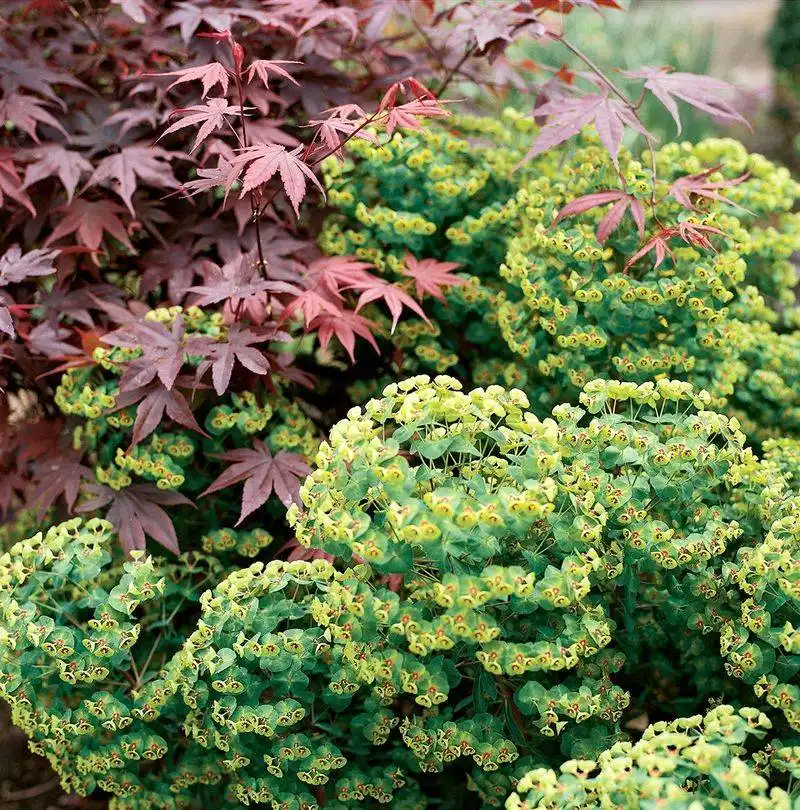
Euphorbia is a diverse genus that thrives in poor soil, offering unique textures and colors. Its greenish-yellow blooms add an exotic touch to gardens. Picture euphorbia’s architectural forms creating interest in your landscape. This plant is not only visually striking but also drought-resistant and low-maintenance. Euphorbia is perfect for rock gardens or mixed borders, providing year-round interest. Its sap can be irritating, so handle with care. Despite this, euphorbia’s resilience and distinctive appearance make it a valuable addition to any garden.
Verbena
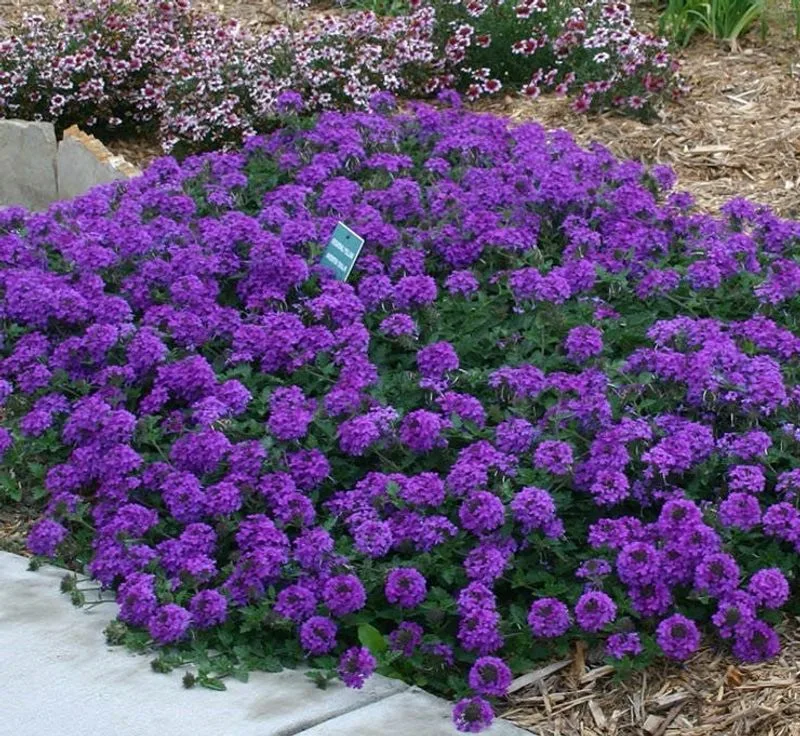
Verbena is a tough plant that thrives in poor soil, known for its clusters of small, purple flowers. Picture a garden filled with verbena, attracting butterflies and bees with its nectar-rich blooms. This plant is drought-tolerant and easy to grow, making it ideal for sunny borders or containers. Verbena’s long blooming period ensures color from late spring to fall. Its low-growing habit makes it perfect for ground cover, adding a splash of color where needed. Verbena’s resilience and beauty make it a favorite for vibrant garden displays.
Chives
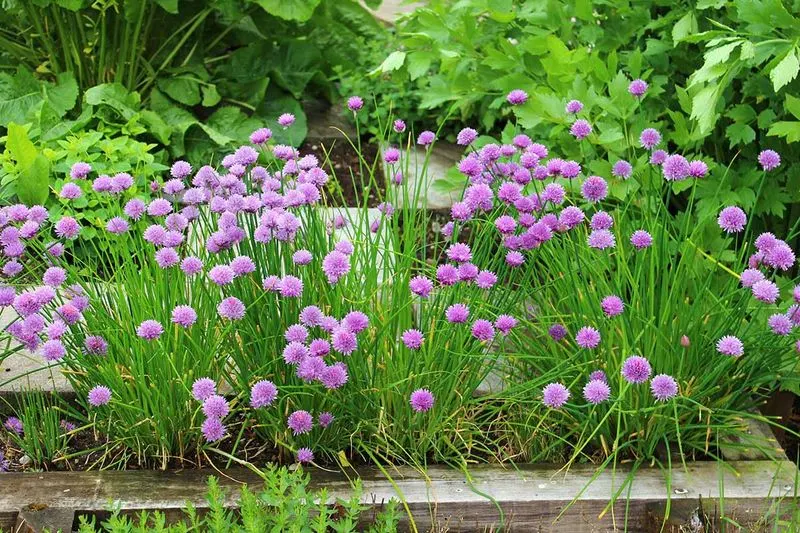
Chives are not just a culinary delight; they’re a hardy plant that thrives in poor soil. With their grass-like leaves and purple blooms, chives add both form and function to gardens. Picture a culinary herb garden, with chives providing flavor and aesthetic appeal. They’re easy to grow, perfect for borders or containers. Chives attract beneficial insects, helping to create a balanced garden ecosystem. Whether used in cooking or simply enjoyed for their beauty, chives are a versatile addition to any garden, offering color and utility.
Creeping Thyme

Creeping Thyme is a versatile ground cover that thrives in poor soil, adding fragrance and beauty to gardens. Picture a path lined with this aromatic plant, its tiny purple flowers creating a picturesque scene. Creeping thyme is low-maintenance and drought-tolerant, perfect for filling gaps between stepping stones or covering bare patches. Its fragrant leaves release a pleasant scent when walked on, adding a sensory dimension to gardens. Besides its ornamental value, creeping thyme is also a culinary herb, making it both beautiful and useful.
Echinacea
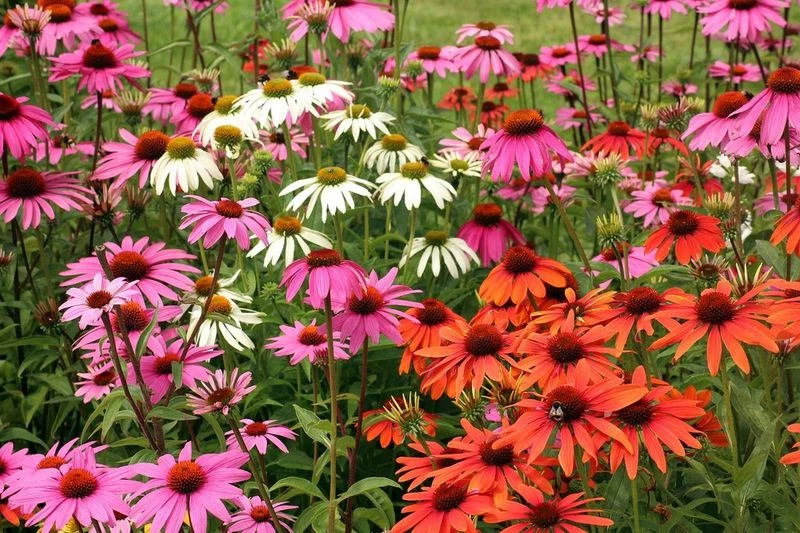
Echinacea, commonly known as coneflower, is a hardy perennial that thrives in poor soil. Its daisy-like flowers in pink and purple shades bring elegance to gardens. Picture a garden buzzing with life, as butterflies and bees visit echinacea blooms. This plant is not only ornamental but also medicinal, often used to boost immunity. Echinacea’s resilience and long flowering period make it a favorite for gardeners seeking low-maintenance beauty. Its striking flowers add vertical interest and color, creating a dynamic landscape throughout the growing season.

